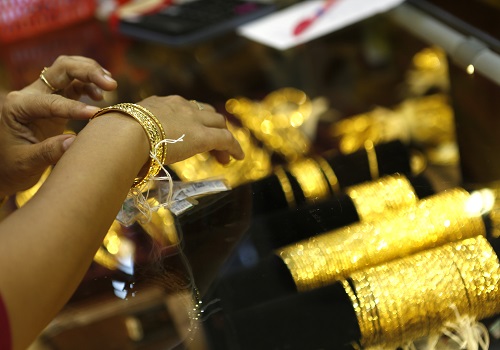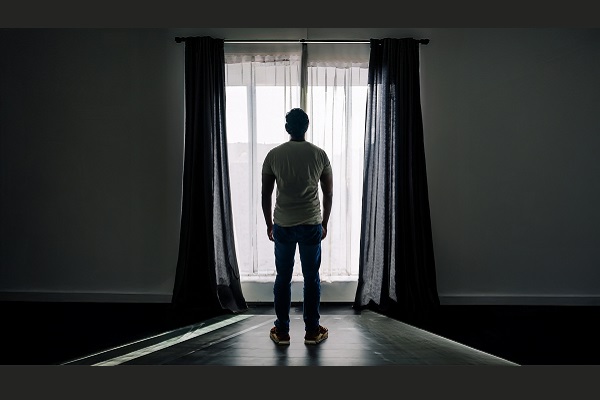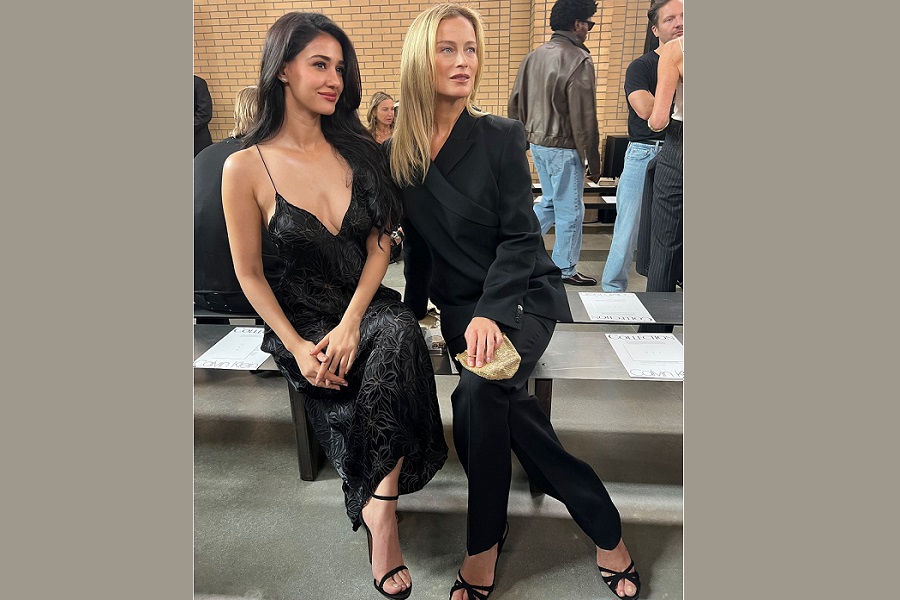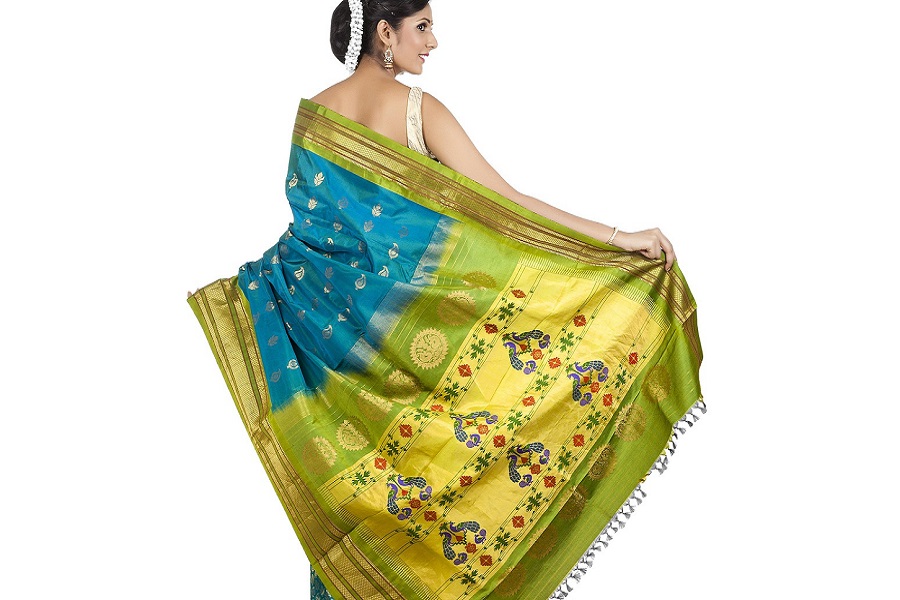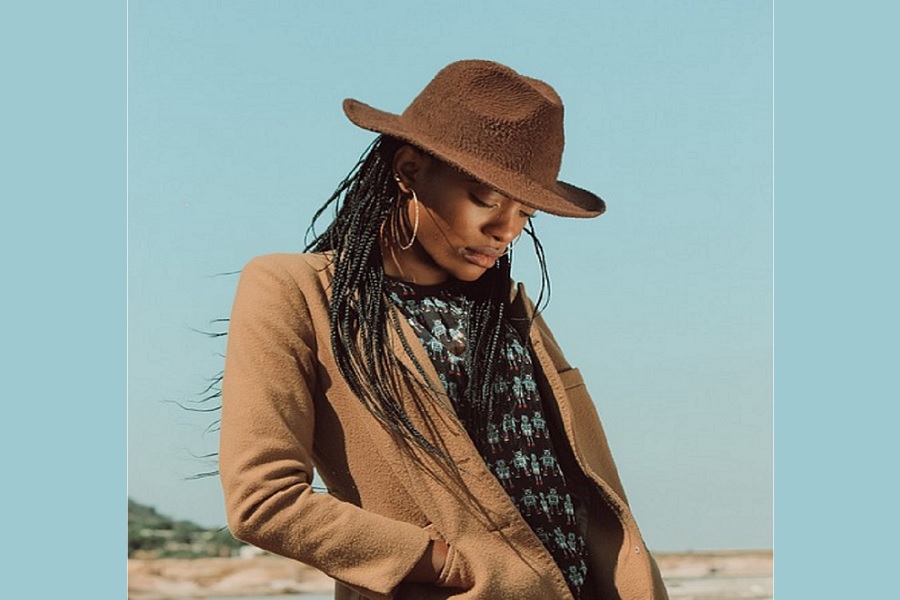How the Hippie Movement Influenced 1970s Fashion: A Revolution in Style
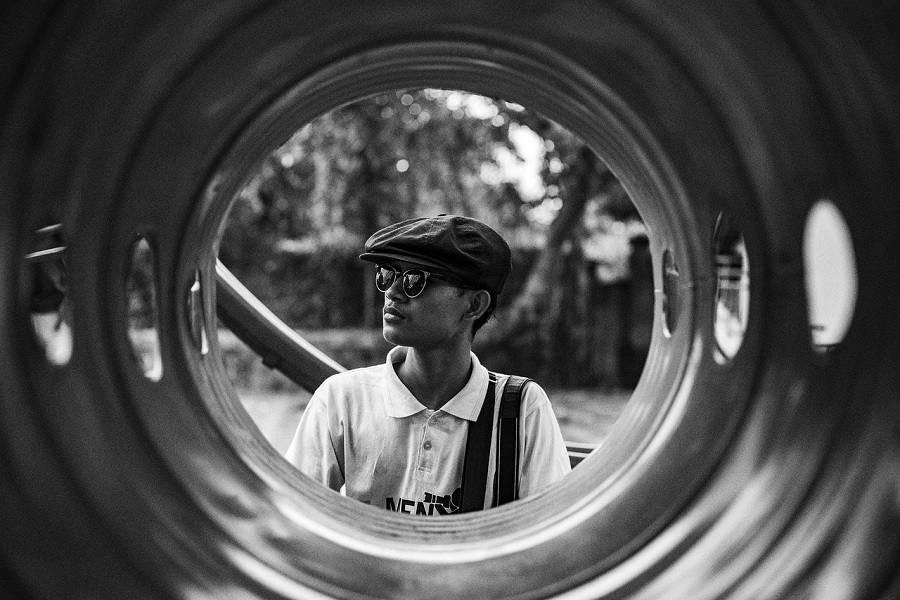
The 1970s marked a period of significant cultural change, and one of the most influential movements of the decade was the Hippie Movement. Originating in the 1960s, the hippie counterculture spread its roots deeper into mainstream society during the 1970s, creating an indelible mark on fashion. Hippies rejected the traditional, conformist ideals of their parents’ generation, instead embracing freedom, peace, and a connection to nature. These beliefs were not just expressed through ideology, but through a distinctive style that would come to define the decade.
1. The Rise of Bohemian Chic
The essence of hippie fashion was rooted in the concept of bohemian chic. This style was all about embracing individuality, rejecting materialism, and reconnecting with nature. Hippies dressed in loose, flowing garments, opting for natural fibers such as cotton, linen, and wool. These fabrics were often hand-woven or featured ethnic-inspired patterns. Colorful and eclectic prints, such as tie-dye, paisley, and floral, became synonymous with hippie fashion.
The boho style introduced in the 70s was seen in maxi dresses, long skirts, and bell sleeves, all featuring earthy, nature-inspired patterns. These garments allowed for freedom of movement, symbolizing the hippie values of peace and non-conformity. Peasant blouses, embroidered tunics, and flared pants became staple items in many wardrobes, symbolizing the growing desire for comfort and a break from societal norms.
2. The Influence of Psychedelic Art
The rise of psychedelic art in the 1960s, influenced heavily by the drug culture, continued to have a profound effect on fashion in the 1970s. Bright, bold, and swirling patterns dominated the scene, especially on tie-dye shirts, psychedelic prints, and psychedelic prints on fabrics. This trend was all about breaking free from traditional color schemes, and it led to the incorporation of vivid hues like neon pink, orange, yellow, and green into fashion.
T-shirts, dresses, and scarves adorned with these bold patterns became a universal symbol of the hippie movement. The vibrant colors represented the optimism, creativity, and rebellion against the established order that characterized the ethos of the time.
3. The Influence of Nature and Folk Culture
The hippie movement had a profound connection with nature, and this was reflected in their clothing choices. The emphasis on natural fibers was not just about comfort but also sustainability, long before the modern-day push for eco-friendly fashion. Many hippies turned to vintage, second-hand, and handcrafted clothing to avoid supporting the mass production of garments, making upcycling and handmade fashion an important part of their aesthetic.
Indigenous cultures, particularly Native American, African, and Asian styles, had a notable influence on hippie fashion. Accessories like feather earrings, beaded necklaces, and fringed leather bags became popular, as did garments such as kimonos and ponchos. These elements brought a global, multicultural influence into everyday fashion, breaking away from Western standards of beauty and style.
4. Denim: A Symbol of Rebellion
Denim was one of the most significant staples of hippie fashion in the 1970s. The denim bell-bottom jeans became an iconic piece of clothing, worn by both men and women. These jeans symbolized rebellion, freedom, and a break from the rigid, formal clothing of previous decades. Paired with a tie-dye t-shirt, embroidered jackets, or a fringed vest, denim embodied the carefree, anti-establishment attitude of the time.
Many hippies would personalize their denim clothing with patches, embroidery, and paint, making each piece unique. This DIY approach to fashion resonated deeply with the countercultural values of self-expression and individuality.
5. Hairstyles and Accessories
Hippie fashion wasn’t just about clothes—it was a complete lifestyle. Hairstyles played an essential role in the movement. Long, natural hair became a powerful symbol of freedom and rebellion. Both men and women wore their hair long, often unkempt, symbolizing their disavowal of conventional beauty standards. The flower child look, characterized by flower crowns and headbands, became synonymous with the 70s hippie aesthetic.
Jewelry was also an important part of the hippie look. People wore peace symbol necklaces, bracelets made from natural materials like wood and stone, and large, chunky rings. These accessories were often handmade and were a reflection of the movement’s values of love, peace, and unity.
6. The Legacy of Hippie Fashion
Hippie fashion didn’t just fade away after the 70s. Its influence continued to be seen throughout the decades, particularly in the boho chic trends of the 2000s. The love for vintage, ethnic prints, flared jeans, and peace-oriented accessories all became redefined and reintroduced in various forms.
Hippie-inspired fashion continues to inspire modern designers and remains an enduring symbol of cultural freedom, peace, and individuality. Today, many contemporary fashion labels embrace the retro vibe of the 70s, infusing elements of bohemian style, earthy tones, and free-spirited designs into their collections.
The hippie movement left an indelible mark on fashion history, shaping the way we think about individuality, comfort, and sustainability in clothing. Through colorful patterns, bohemian silhouettes, and a deep connection to nature, the 1970s introduced a new era of fashion that continues to resonate with contemporary culture.
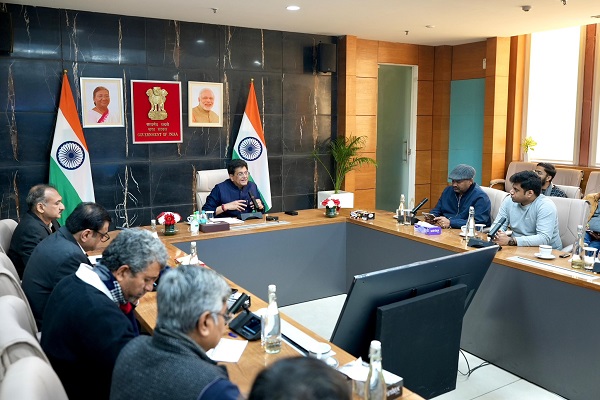


.jpg)









